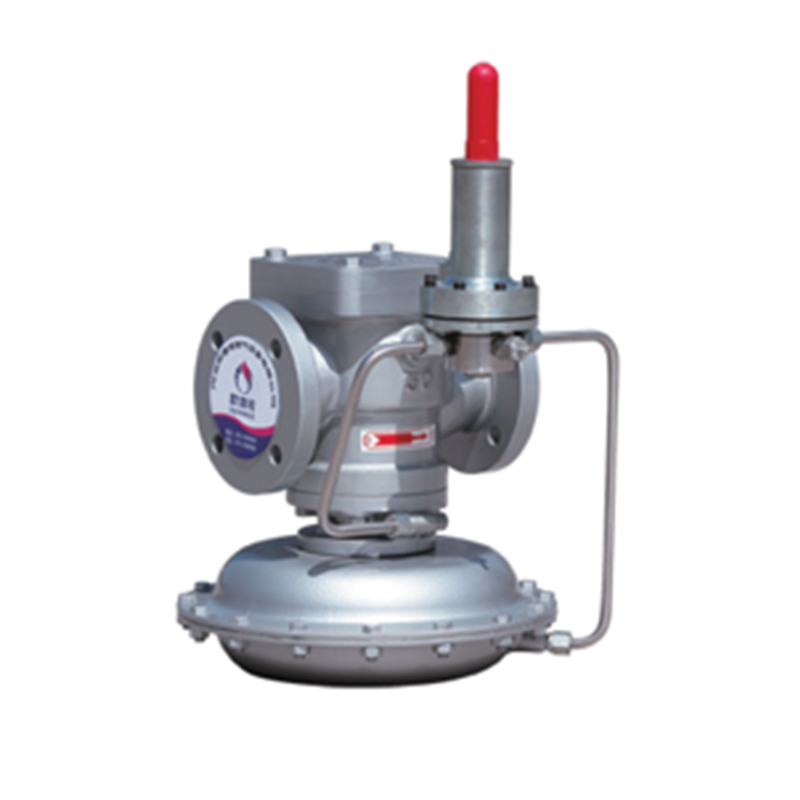
Dec . 03, 2024 10:35
Back to list
صمام تنظيم الضغط
Understanding Pressure Regulating Valves
Pressure regulating valves (PRVs) play a crucial role in various industrial and residential applications by maintaining a consistent pressure level within systems. These valves are designed to automatically reduce and control the pressure within a piping system, ensuring that the downstream components operate safely and efficiently.
What is a Pressure Regulating Valve?
A pressure regulating valve is a device that maintains the desired pressure in a fluid system by adjusting the flow of the medium, whether it’s water, gas, or steam. It works by sensing the downstream pressure and modulating the valve position to either close or open depending on the pressure read. This responsive action helps prevent overpressure conditions, which can lead to catastrophic failures or costly downtime.
Types of Pressure Regulating Valves
PRVs can be classified into several categories, based on their design and operational mechanism
1. Spring-Loaded Valves These are the most common type of PRV. A spring inside the valve exerts force against the pressure of the fluid, and when the set pressure is exceeded, the valve opens to reduce the pressure.
2. Pilot-Operated Valves These valves use a smaller pilot valve to control a larger valve. The pilot valve reacts to changes in pressure and can provide more precise control, making them suitable for high-flow applications.
3. Electronic Pressure Regulating Valves With advancements in technology, some valves now feature electronic controls that can adjust based on real-time data, providing a higher degree of accuracy and responsiveness.
4. Differential Pressure Regulators These valves maintain a constant pressure difference between two points in a system. They are crucial in processes where specific pressure differentials are necessary for efficient operation.
Applications of Pressure Regulating Valves
PRVs have a wide range of applications across various industries
.
- Gas Supply In natural gas distribution, these valves regulate pressure to ensure safe delivery to homes and businesses, mitigating the risk of leaks or explosions.
صمام تنظيم الضغط

- Steam Systems In industrial applications, steam PRVs ensure that processes that rely on steam for heating or power generation do not exceed maximum pressure limits.
- Hydronic Heating In heating systems, PRVs help maintain a comfortable environment by controlling the pressure in heating loops, enhancing efficiency and comfort.
Benefits of Using Pressure Regulating Valves
The use of PRVs offers several significant benefits
1. Safety By maintaining safe pressure levels, PRVs significantly reduce the risk of system failures and associated hazards.
2. Efficiency These valves optimize the flow of fluids and gases, leading to more efficient system performance and energy savings.
3. Protection PRVs protect sensitive equipment and pipes from damage caused by excessive pressure, thus extending the lifespan of the system.
4. Cost-Effectiveness By minimizing downtime and preventing costly repairs, investing in quality pressure regulating valves can lead to long-term savings.
Maintenance of Pressure Regulating Valves
Regular maintenance is vital to ensure the optimal performance of PRVs. Routine inspections should focus on checking for leaks, ensuring correct set pressure, and verifying the valve operation. If a valve becomes stuck or fails, timely intervention can prevent more significant issues down the line.
In certain cases, recalibrating the valve to meet changing system demands may also be necessary, especially in dynamic environments where pressure conditions frequently fluctuate.
Conclusion
Pressure regulating valves are essential components in many fluid systems, ensuring safe, efficient, and reliable operation. By effectively controlling fluid pressure, these valves protect systems from the dangers of overpressure and help maintain the overall efficiency of processes across a variety of industries. Understanding and maintaining these critical devices is key to maximizing their benefits and ensuring the longevity of the systems they serve.
Next:
Latest news
-
Safety Valve Spring-Loaded Design Overpressure ProtectionNewsJul.25,2025
-
Precision Voltage Regulator AC5 Accuracy Grade PerformanceNewsJul.25,2025
-
Natural Gas Pressure Regulating Skid Industrial Pipeline ApplicationsNewsJul.25,2025
-
Natural Gas Filter Stainless Steel Mesh Element DesignNewsJul.25,2025
-
Gas Pressure Regulator Valve Direct-Acting Spring-Loaded DesignNewsJul.25,2025
-
Decompression Equipment Multi-Stage Heat Exchange System DesignNewsJul.25,2025

